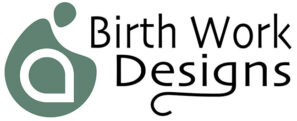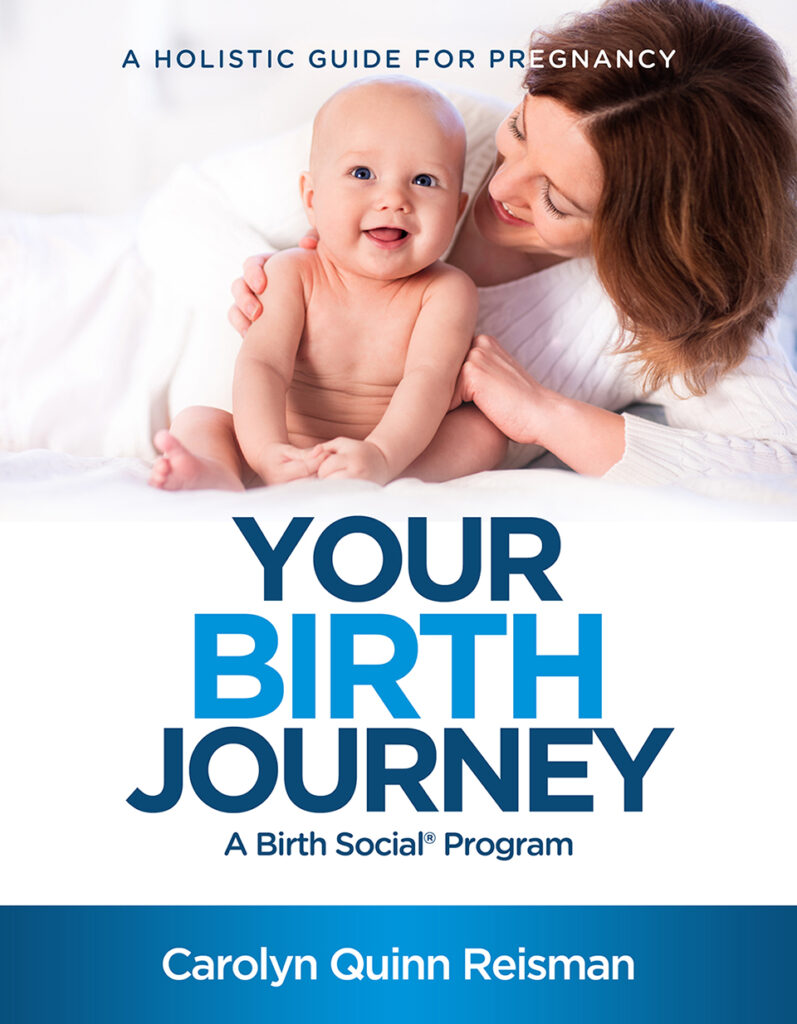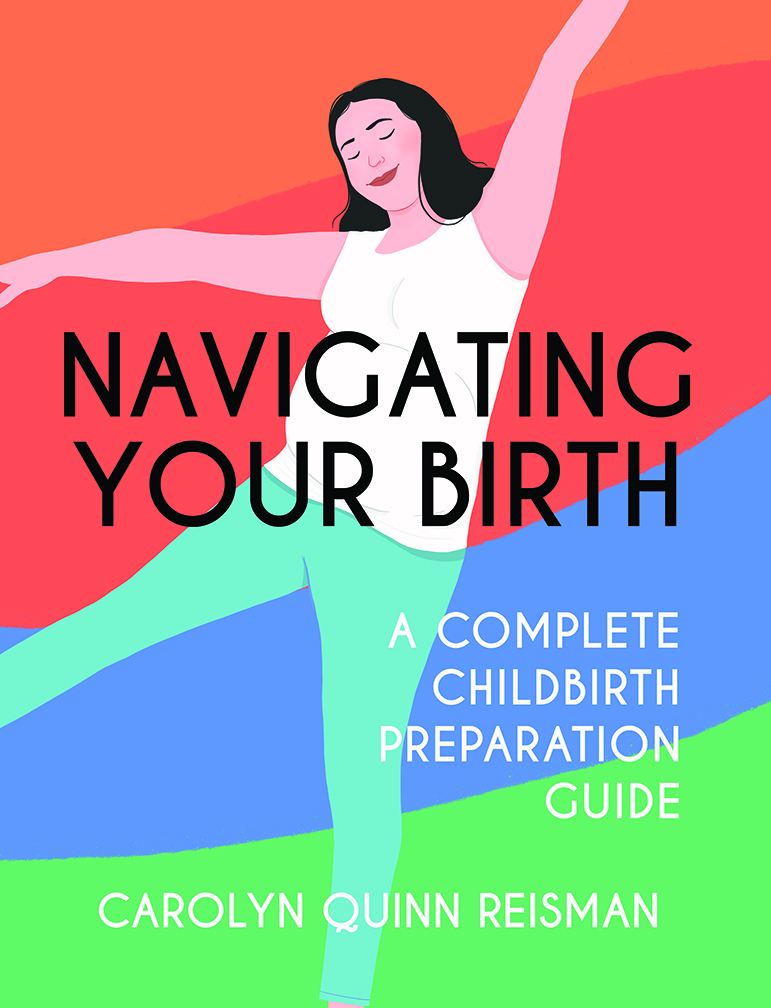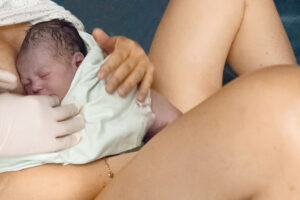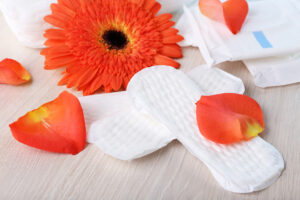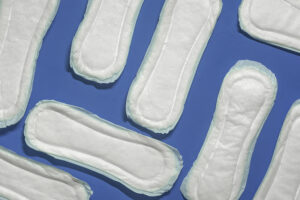When planning a home birth, there are many items that you need to hand on hand. Your midwife will have a list of supplies you need to purchase, including a birth kit. Plan on having everything in your home by 36 weeks, because most midwives do a home visit right around this time for a trial run. Trial runs allow midwives the opportunity to find your house during daylight hours. You don’t want your midwife to get lost trying to find your home in the middle of the night!
The Home Visit
At the home visit, your midwife will spend time with you reviewing your birth plan, checking out the house layout, and making sure all of your birth supplies and kit are gathered and in one location.
Having your supplies in one location will enable your midwife to find every item without disturbing you or your family. You may know where the paper towels and garbage bags are, but you do not want the midwife tapping your shoulder during the labor process to “find” any item. Many mom’s put supplies in a plastic bin or laundry hamper.
Your midwife may spend up to an hour or more with you during this visit. If your partner can attend, great. This visit will allow you the opportunity to finalize the last minute details before you are “in window.” “In window” means that your midwife will be on call for your birth 24/7 from 36 to 37 weeks until birth.
Besides the basics, your midwife will also want a list of the hospital(s) and phone number(s), along with a map and directions posted in a convenient place in your home. The refrigerator works.
The Birth Kit
A birth kit is an assembled box of disposable supplies that you will need for your birth. Most often, your midwife has an account with a birth supply company that assembles standard birth kits for her clients, to her specifications. She may also assemble the birth kit herself or have you gather the items. She will let you know.
When purchased at supply companies, birth kits can range in price from $40 to $80 or much more. Your midwife will direct you to the site so that you can order your birth kit, usually by 30 to 32 weeks. You want to have it in your home by 35 weeks. The basic supplies include:
- Peri bottles
- Sterile gloves
- Non-sterile gloves
- Underpads (Chux)
- Bulb syringe
- Sterile gauze
- Cord clamps
- KY jelly
- Alcohol prep pads
- Sanitary pads
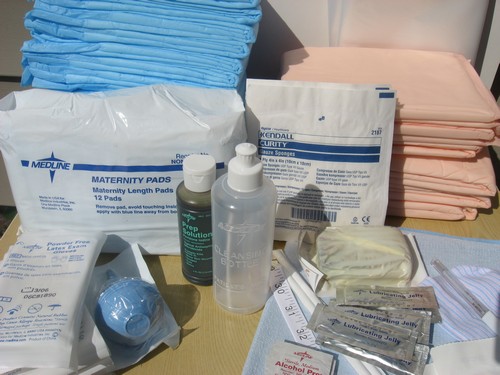
À La Carte
Because birth kits can range from sparse to full-on deluxe, you want to make sure you have everything you need. Additional items can be purchased locally or online, while others are available through the birth supply company.
Other Items
The next thing on your supply list are items you may have in your home or can purchase locally. Be sure to gather these items in one place as well.
Crock pot: Yes, midwives really do use hot water. This is used for warm compresses for your bottom during birth. Often, herbs are added to the water.
Flashlight with extra batteries: A flashlight is a must during a birth. There are certain things your midwife needs to see or inspect.
Battery-powered lighting: I was at birth in the middle of the night one year when the electricity went out for several hours. The parents had kerosene lamps, but battery-powered lighting is preferable.
Kitchen size drawstring garbage bags: Ya gotta have them. Four bags are usually sufficient for garbage.
Laundry basket or hamper: You will have soiled laundry, so include a plastic laundry basket in your birth supplies.
A full-size cookie sheet: This serves as a flat surface for newborn resuscitation if needed.
Electric heating pad: Warm receiving blankets for the baby are heated using a heating pad. The blankets are layered on the cookie sheet with the heating pad between them.
Bath Towels (8 or more): Towels are used for everything at a birth: for drying off mom after getting out of the tub, rolled up as a wedge for behind mom if she is lying on her side, lining the floor if mom’s water breaks, folded for padding when kneeling on the floor, and stacked up for the midwife to sit on. They will get soiled, so don’t get your best bath towels out for a birth.
Bedding and Protection
Even if you are planning a water birth, you need your bed made up for the birth. You never know where you will end up.
Flannel backed vinyl table cloth: I can’t tell you how many times a mother has decided to stay on the floor to give birth. Flannel backed vinyl table cloths are perfect for this situation, and they can also be used to protect your mattress.
You will need two sets of sheets. The bottom layer is used for after your baby is born, so they can be your nicer sheets. The top layer is for the birth. They should be the sheets you don’t care about. Some parents choose to throw the top sheets away after the birth.
Pillows – you can’t have too many. Pillows come in handy for a birth, but you will want to protect them. Cover each pillow with a kitchen-sized garbage bag, and then add a pillowcase.
Bed protection – you need it. Bed protection comes in many forms. Midwives suggest everything from shower curtains, plastic paint drop cloth, fitted plastic or waterproof mattress covers, to flannel-backed vinyl table cloths. Personally, I don’t like the slippery, crunchy nature of plastic, so I suggest using waterproof friendly cloth.
Everything you need to know about making up a birth bed can be found here. You will find detailed options for bed protection that will help you make the choice you want.
If You Want to Keep Waste to a Minimum
If you are opposed to the amount of disposable items generated at a birth, there are a few ways to keep green.
Washable underpads. You can find them online or sometimes at a drugstore or places like Walmart. Washable underpads come in small and very large sizes and will protect your mattress or couch from blood and amniotic fluid, but you don’t want to rely on these to use throughout the birth. Instead, use cheap towels over these, which can be replaced when they become soiled.
Towels as disposable pads. During birth, a mother can easily go through 20 disposable pads. You need at least this many towels.
What Else Do You Need?
Pack a suitcase. When planning an out of hospital birth, pack a small bag of personal items for you, your partner, and baby. You will need this in the event of a transfer. The last thing you want to do is send someone from your birth team to “find” items in your home or ask your partner to leave you to gather what you need.
Labor, birth, and postpartum clothes. What to wear at a birth is always a question mothers have. You want to be comfortable during labor, so make sure you have clothing selected, washed, and set aside for the birth. Don’t forget about the partner, who also needs to dress comfortably.
Baby clothes, blankets, and diapers. By the time you are ready to give birth, you most likely will have items for baby. Select the basics and be sure they are laundered in fragrance-free detergent.
Obtain a birth pool, if desired. If you are planning to have a water birth at your home, ask your midwife if she supplies a birth pool or if you have to purchase or rent one. This takes some planning ahead, so be sure to have your resources lined up weeks in advance. Be sure you have the birth pool accessories!
Essential Labor tools. Be sure to have all the essential labor tools you want or may need, such as a birth ball, peanut, rebozo, rice bags, tennis balls, or other items.
Be sure to launder all items in fragrance-free detergent and then dry them in a hot dryer.
Speciality Items
Eldon card: If you are Rh-negative, your midwife may ask you to purchase an Eldon Card. An Eldon Card is used to determine your baby’s blood type and Rh-factor. Your midwife may prefer to collect a blood specimen from your baby’s umbilical cord after it is cut and send it to a lab to determine your baby’s blood type, as well as draw your blood to check for antibodies.
